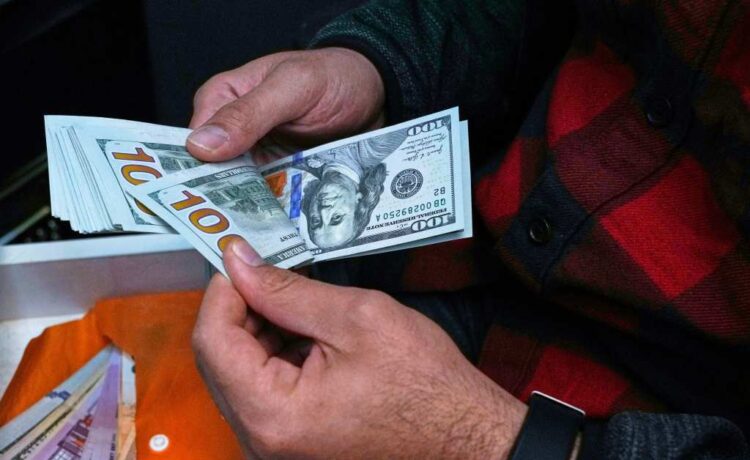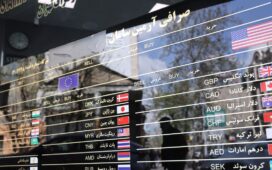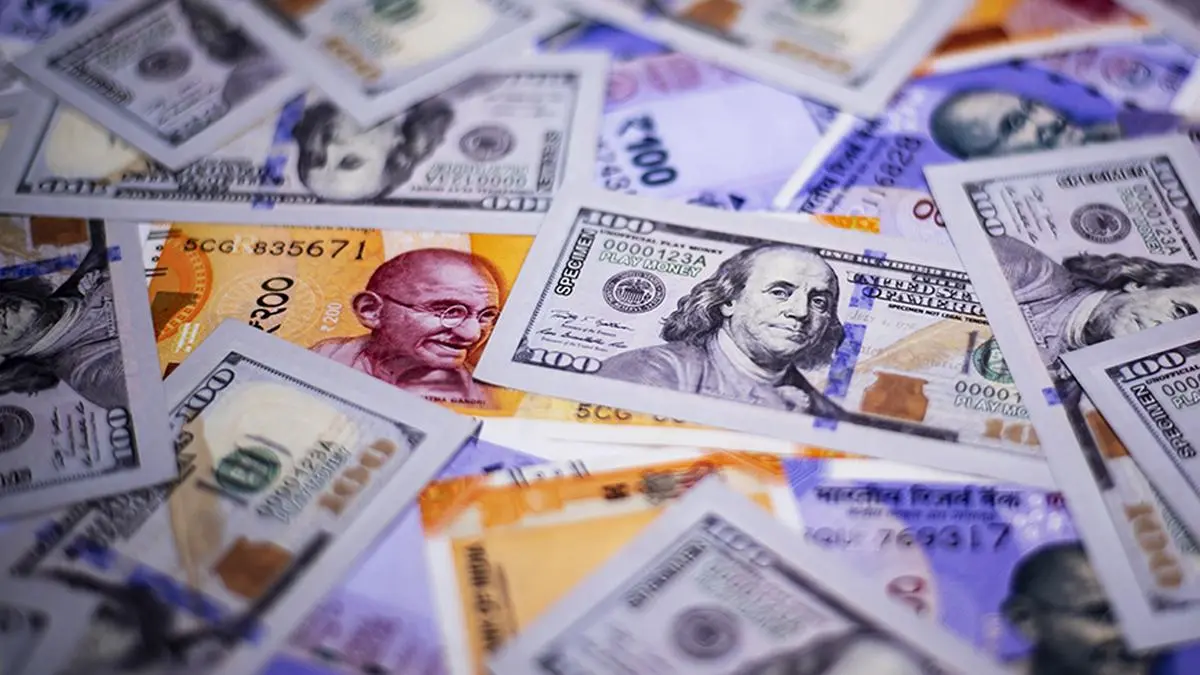Iran’s rial currency traded at a record low against the U.S. dollar as the country returned to work after a long holiday. The exchange rate had plunged to over 1 million rials during the Persian New Year, Nowruz, as currency shops closed and only informal trading took place on the streets, creating additional pressure on the market. But as traders resumed work Saturday, the rate fell even further to 1,043,000 to the dollar, signaling the new low appeared here to stay.
On Ferdowsi Street in Iran’s capital, Tehran, the heart of the country’s money exchanges, some traders even switched off their electronic signs showing the going rate as uncertainty loomed over how much further the rial could drop.
Iran’s economy has been severely affected by international sanctions, particularly after President Trump unilaterally withdrew America from Tehran’s nuclear deal with world powers in 2018. At the time of the 2015 deal, which saw Iran drastically limit its enrichment and stockpiling of uranium in exchange for lifting of international sanctions, the rial traded at 32,000 to the dollar.
After Trump returned to the White House for his second term in January, he restarted his so-called “maximum pressure” campaign targeting Tehran with sanctions. He again went after firms trading Iranian crude oil, including those selling at a discount in China.
Trump meanwhile has written to Iran’s Supreme Leader Ayatollah Ali Khamenei, trying to jumpstart direct talks between Tehran and Washington.





